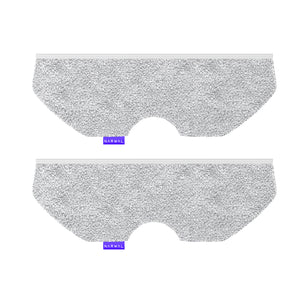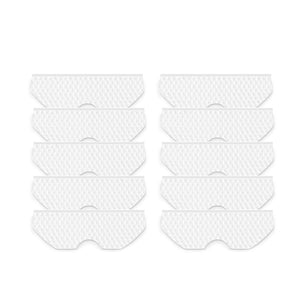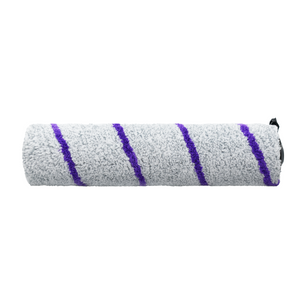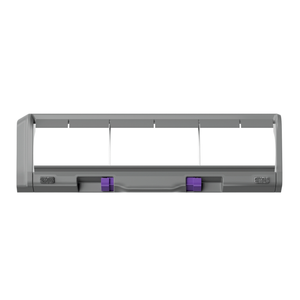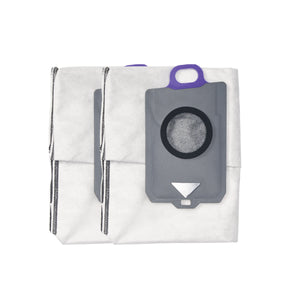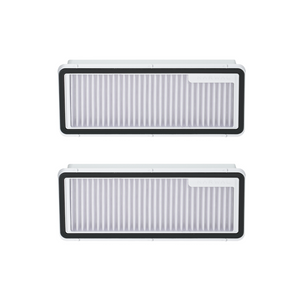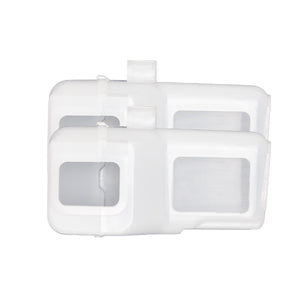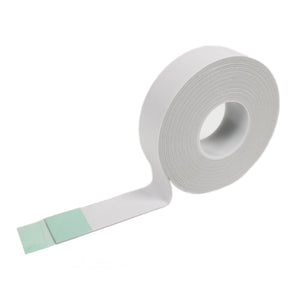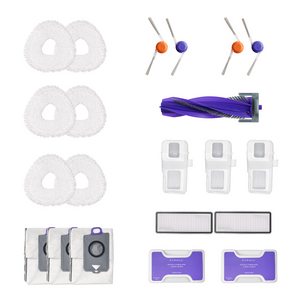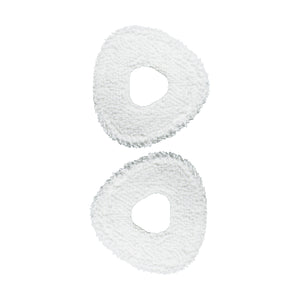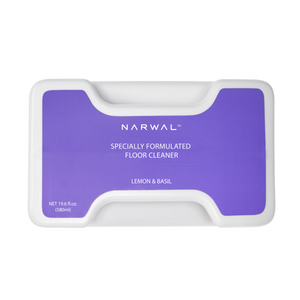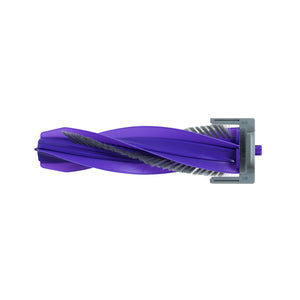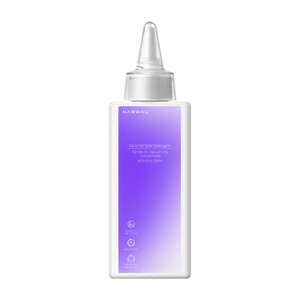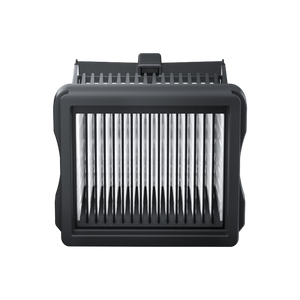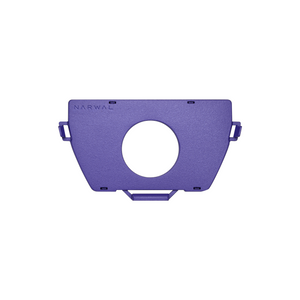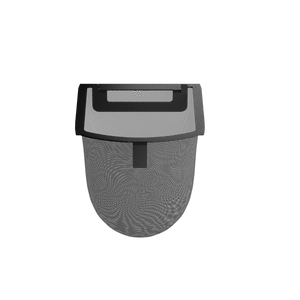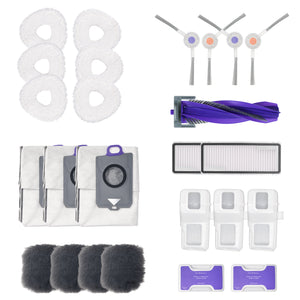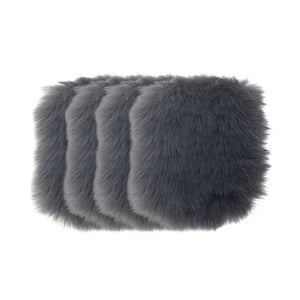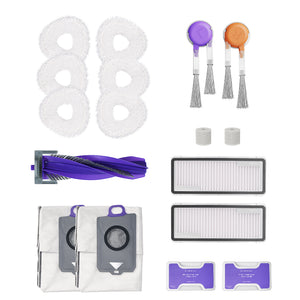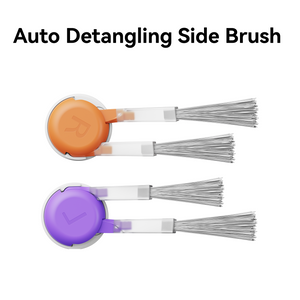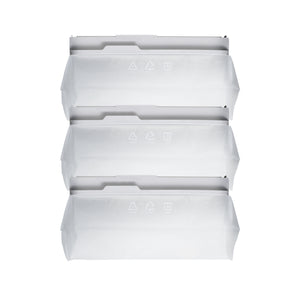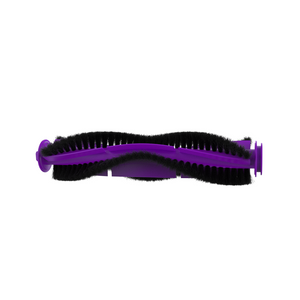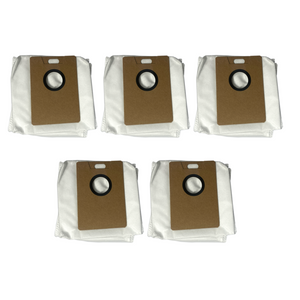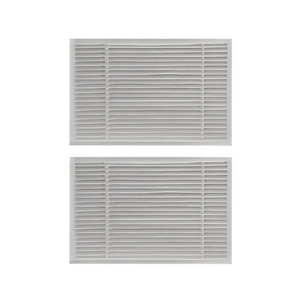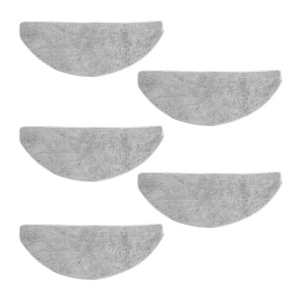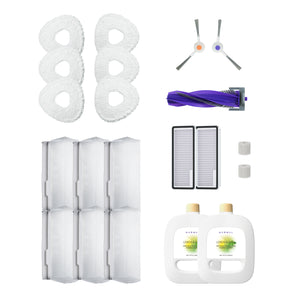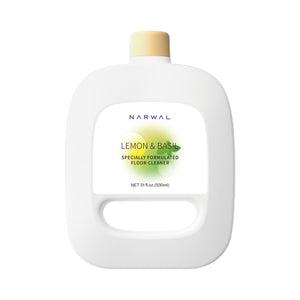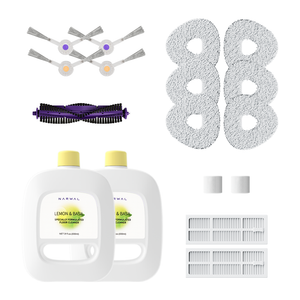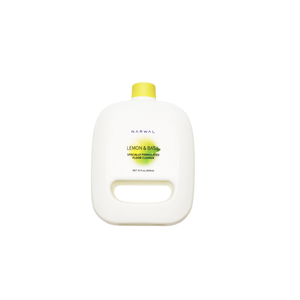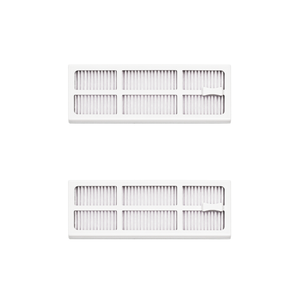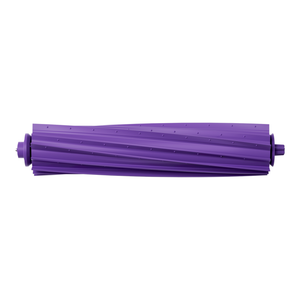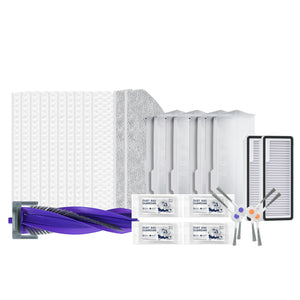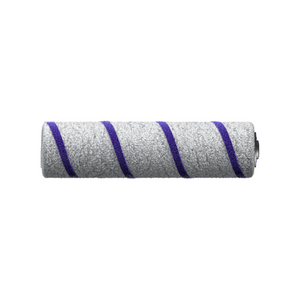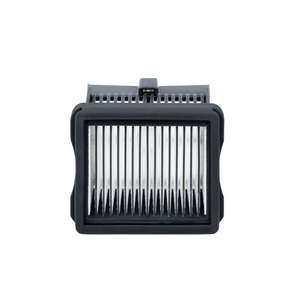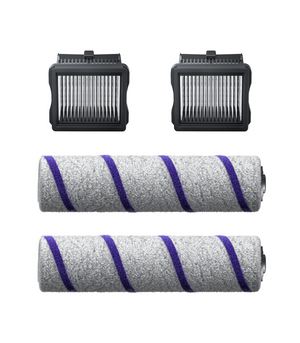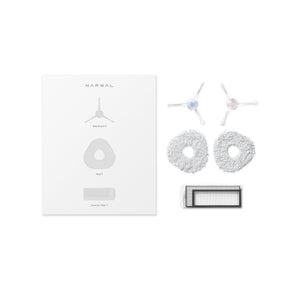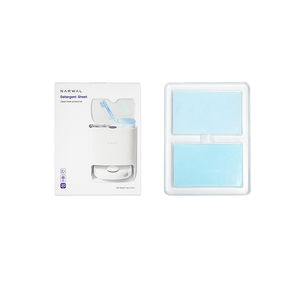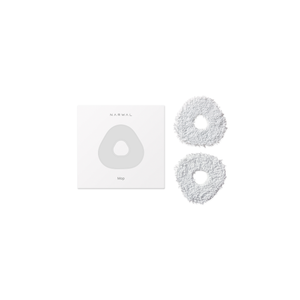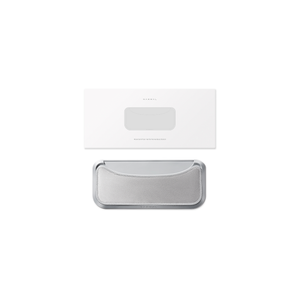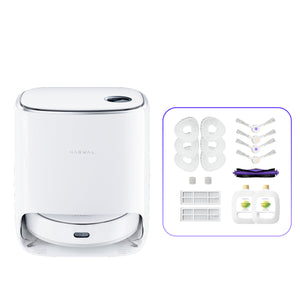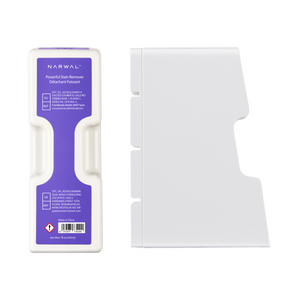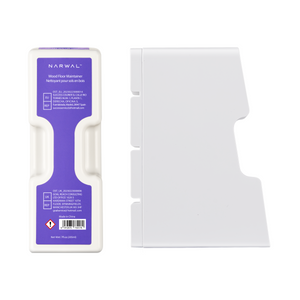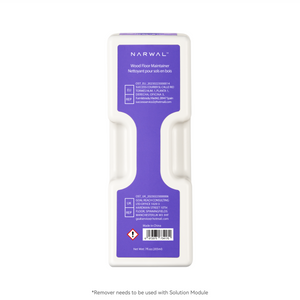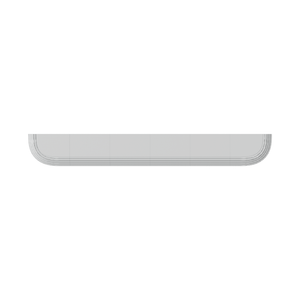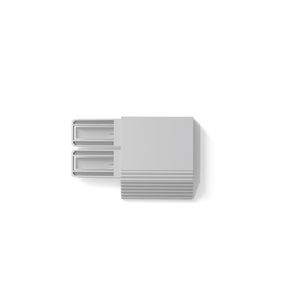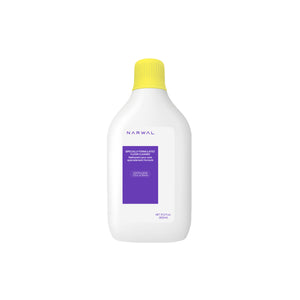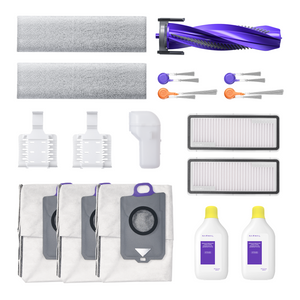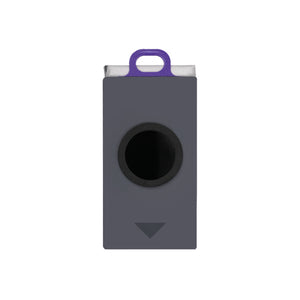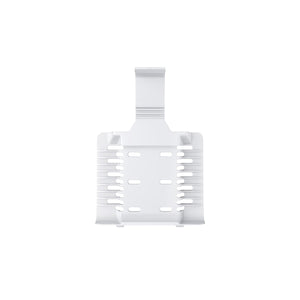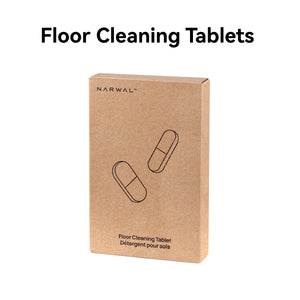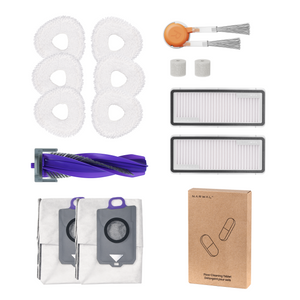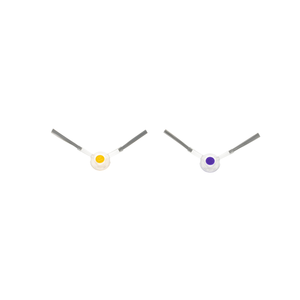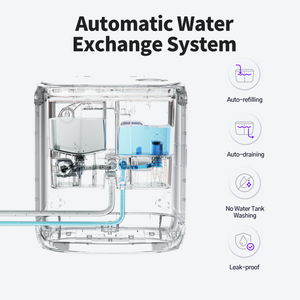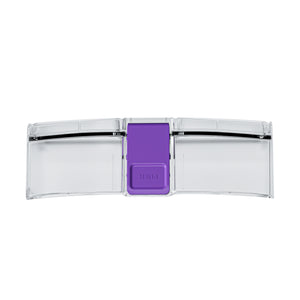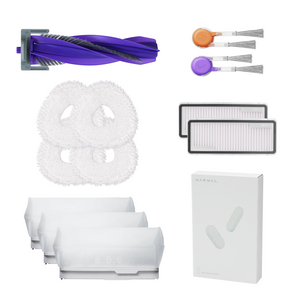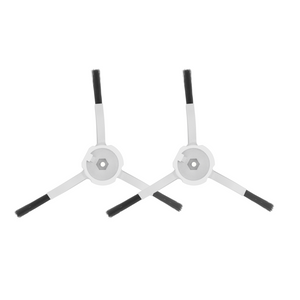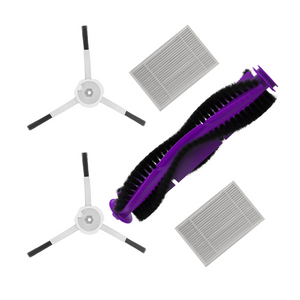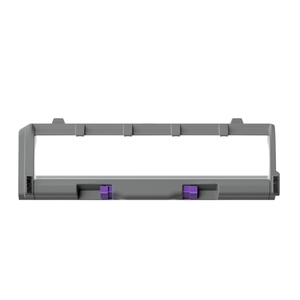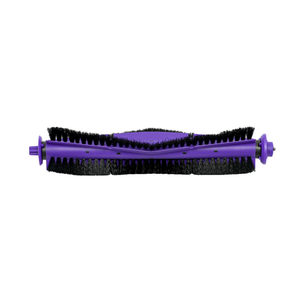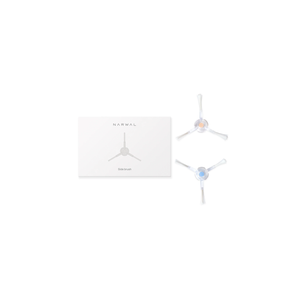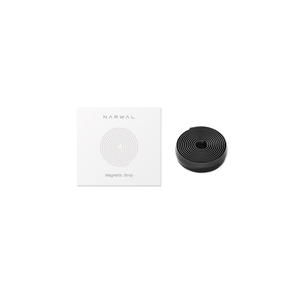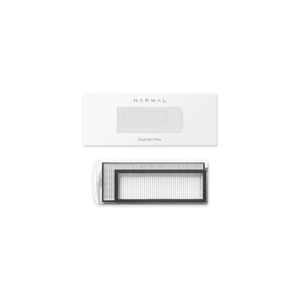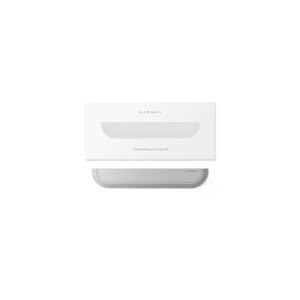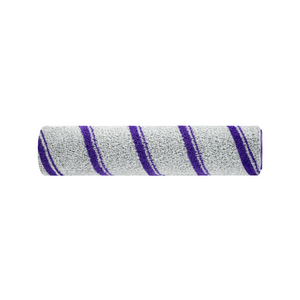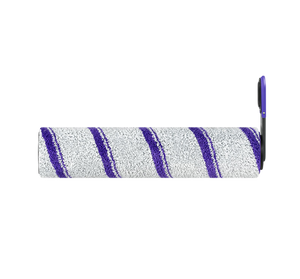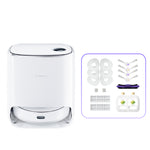Cleaning concrete floors can be demanding, especially if you want spotless results on hard and polished surfaces. Whether you have concrete in your home, loft, or office, choosing the best vacuum for concrete floors is essential for removing dust and debris effectively and maintaining a clean environment.
In this guide, we’ll explore the best vacuums for concrete floors to tackle different messes. We’ll also cover essential features to look for, such as suction power, brush type, filtration, and dustbin capacity, to ensure efficient cleaning.
Lastly, we’ll discuss whether robot vacuums with mop functions are suitable for all types of concrete surfaces, helping you choose the best option for your needs.
Can You Vacuum a Concrete Floor?
Yes, you absolutely can. Using the best vacuum for concrete floor is both safe and efficient for almost all types of concrete, including polished concrete floors. Vacuums—especially robot vacuums designed for concrete surfaces—remove fine dust much more effectively than traditional sweeping and mopping.
Just make sure your vacuum has strong suction and can handle hard surfaces. For rough or outdoor concrete, avoid lightweight or low-powered models.
Will Vacuuming a Concrete Floor Damage My Robot Vacuum?
Not if you choose the right one. Cheap models may wear out faster on rough concrete. Choose a robot vacuum with durable wheels, strong brushes, and solid build quality. Avoid wet mopping on unsealed concrete to prevent moisture damage.
Best Vacuum for Concrete Floors

Choosing the best vacuum for concrete floors means finding one that handles dust, debris, and tough messes efficiently.
If you’re searching for the best robot vacuum for concrete floors or want to know what vacuums are best for lofts with concrete floors, we recommend comparing top-performing models. Look for robot vacuums with strong suction and smart navigation for both rough and polished concrete surfaces. We'll also cover whether robot vacuums with mop functions are suitable for concrete surfaces.
Narwal Freo Z10 – Best Wet Vacuum for Concrete Floors
[cta:narwal-freo-z10-robot-vacuum-mop]
Max Suction Power: 15,000 Pa | Mop Pressure: Max 8N | Navigation: LiDAR Mapping | Min Noise Level: 55 dB | Max Dustbin Capacity: 2.5L
The Narwal Freo Z10 is built for powerful wet vacuuming with 15,000 Pa suction, removing up to 99% of dirt and debris. Its mop pressure ensures effective cleaning without streaks, perfect for concrete floors. The MopExtend and EdgeSwing features allow the mop to clean edges and corners effectively, even under toe kicks.
With LiDAR navigation, it moves precisely and avoids obstacles. The AI-powered base station automatically washes, dries, and empties the mop, while the 2.5L dustbin stores debris for up to 120 days.
The Freo Z10 is an efficient, low-maintenance solution for cleaning concrete floors, combining powerful suction with advanced mop functions.
Narwal Freo Pro – Best Vacuum for Concrete Floors and Pet Hair
[cta:narwal-freo-pro-robot-vacuum-mop]
Max Suction Power: 8,500 Pa | Mop Pressure: 7-12N | Navigation: LiDAR 4.0 | Min Noise Level: 55 dB | Max Dustbin Capacity: 1L
The Narwal Freo Pro delivers 8,500 Pa suction for powerful cleaning on concrete floors and pet hair. The Zero-Tangling Floating Roller Brush and Dynamic Auto De-Tangling Side Brush are designed to capture and pull in pet hair without tangles, making it perfect for furry friends.
Equipped with LiDAR 4.0 navigation, it cleans efficiently and avoids obstacles. The AI DirtSense technology detects dirt levels and adjusts cleaning accordingly. With a 1L disposable dust bag and 800ML dustbin, it stores debris for up to 7 weeks.
The maintenance-free base station automatically washes and dries the mop, making the Freo Pro a hands-off, efficient solution for both pet owners and concrete floor cleaning.
Narwal S20 Pro Vacuum Mop – Best Cordless Vacuum for Concrete Floors
[cta:narwal-s20-pro-vacuum-mop]
Max Suction Power: 20,000 Pa | Min Run Time: 60 minutes | Cleaning Modes: 5 Modes | Min Noise Level: 43 dB
The Narwal S20 Pro delivers 20,000 Pa suction to handle wet and dry messes on concrete floors with ease. Its 5 cleaning modes provide tailored cleaning, ensuring quick, thorough results in just one pass. The AI DirtSense technology adjusts suction based on dirt levels, optimizing power and efficiency.
Designed for hassle-free maintenance, the self-cleaning rollers and dual comb hair removal system prevent tangling, making it ideal for pet owners. With a 180° flat-fold design, the S20 Pro easily reaches under furniture.
The S20 Pro is the perfect cordless solution for concrete floors, combining powerful suction, smart features, and minimal maintenance.
Can Robot Vacuums with Mop Functions Be Used on Concrete Floors?
Yes, robot vacuums with mop functions can clean concrete floors.
For sealed concrete, they work well for dust and light stains. However, on unsealed concrete, too much moisture can damage the surface. Ensure the robot has adjustable water flow and mop lifting features to control moisture and protect the floor.
What to Look for in the Best Vacuum for Concrete Floors?

For the best concrete floor vacuum, prioritize models with powerful suction (over 10,000 Pa), HEPA filtration, and a large dustbin. These features are crucial when asking what is the best vacuum for concrete floors. Don’t forget to consider maneuverability, especially in lofts or large polished concrete areas.
In this section, we’ll cover what to prioritize: strong suction power, the right brush type, HEPA filters, dustbin size, durability, navigation features, and maneuverability. Each of these elements plays a crucial role in ensuring an effective cleaning experience on concrete surfaces.
Choose Strong Suction Power
Strong suction power is crucial for cleaning concrete floors effectively. Concrete is a tough, dense surface, and dirt can settle deep into its pores. For heavier messes or larger debris, higher suction is necessary to prevent particles from scattering and ensure they are pulled into the vacuum.
A vacuum with high suction power, typically over 10,000 Pa, ensures it picks up dirt quickly and efficiently without scattering debris. More suction means fewer passes needed, saving time and improving cleaning efficiency.
Pick the Right Brush Type
Soft brushes work best for smooth or polished concrete surfaces, as they won't scratch or damage the floor. For rough or unsealed concrete, choose vacuums with stiff bristles or rubberized rollers that can scrub deep into cracks and remove stubborn dirt.
Additionally, ensure the brushes are tangle-free to avoid hair and debris buildup, especially if you have pets. The right brush ensures dirt and dust are effectively lifted and moved into the dustbin, while minimizing wear and tear on both the floor and vacuum.
Use HEPA Filters for Fine Dust
Concrete floors often generate fine dust, which can be harmful when inhaled. A HEPA filter captures dust particles as small as 0.3 microns, keeping the air clean. This is especially important for concrete grinding or renovation work, where fine dust is common.
Using a vacuum with a HEPA filter helps maintain air quality and prevents dust from being reintroduced into your home, offering a healthier environment.
Go for a Large or Auto-Empty Dustbin
A large dustbin is key when vacuuming concrete floors, as these floors tend to create more debris. A bigger dustbin lets you clean more before needing to empty it.
Alternatively, vacuums with auto-emptying features can automatically dispose of debris into a larger collection bag or station, reducing your need to handle dust. This makes long cleaning sessions much more efficient and hassle-free.
Check Durability of Wheels and Housing
Concrete floors can be tough on vacuums, so durability is crucial. Look for vacuums with sturdy wheels and a strong housing to withstand the rough surface.
If you plan to use the vacuum on uneven or outdoor concrete, ensure the wheels are large enough to navigate cracks and debris. A durable housing protects internal components from damage while maintaining long-term reliability.
Look for Smart Navigation Features
Smart navigation features are essential for efficient cleaning on concrete floors. Look for vacuums with LiDAR or visual mapping, which help the vacuum move methodically and avoid obstacles.
These technologies allow the vacuum to map out the space, ensuring it covers all areas, including tight corners. Smart navigation also prevents the vacuum from getting stuck or missing spots, improving cleaning efficiency.
Prioritize Maneuverability and Size
A vacuum’s maneuverability and size directly affect how easily it can navigate around furniture and tight spaces. Opt for a vacuum that is lightweight but powerful enough to tackle your cleaning tasks without straining your movement.
Consider the vacuum’s size in relation to the space you need to clean. A smaller, more agile vacuum works best for tight areas, while a larger model may be better for open spaces.
Are Robot Vacuums Suitable for All Types of Concrete Floors?

Yes, robot vacuums can handle most types of concrete floors, from polished to epoxy finishes. However, for very rough or industrial concrete, the best vacuum option may be a heavy-duty model. For smoother residential floors, including polished concrete or loft-style living spaces, robot vacuums provide efficient daily cleaning.
Below, we’ll explore how robot vacuums perform on different concrete surfaces such as polished, unsealed, stamped, and rough concrete.
Polished Concrete
Robot vacuums work excellently on polished concrete floors. The smooth, even surface allows them to glide effortlessly, efficiently picking up dust and debris. With strong suction power, robot vacuums can clean the surface quickly and thoroughly.
However, if you’re using a robot vacuum with mopping capabilities, ensure the mop settings are gentle to prevent streaks on the glossy finish. For the best performance, choose a model with LiDAR navigation or other smart mapping systems for precise cleaning.
Best Vacuum for Polished Concrete Floors
Looking for the best vacuum for polished concrete floors? Choose robot vacuums with special brush types and adjustable suction to avoid damage and streaks. Models like Narwal Freo Z10 and Freo Pro are also considered among the best robot vacuums for concrete floors thanks to their high suction and advanced navigation. If you have a loft with polished concrete flooring, these models deliver outstanding performance, making daily cleaning simple and effective.
Unsealed Concrete
Cleaning unsealed concrete can be tricky for robot vacuums due to its porous nature. While robot vacuums can still pick up dirt, excess moisture can seep into the surface, causing long-term damage.
To avoid this, choose a vacuum with adjustable water flow and mop lifting features. Additionally, high suction power is essential to effectively lift dirt from deep within the porous surface. If the concrete is particularly rough or uneven, a vacuum with durable wheels and stiff bristles will perform better.
Stamped Concrete
Stamped concrete features textured patterns and grooves, which can challenge robot vacuums. Standard vacuums might miss debris lodged in the indentations.
For these floors, look for a vacuum with strong bristles or rubberized rollers to agitate dirt and pull it into the dustbin. A vacuum with advanced navigation will also help it avoid getting stuck or missing any spots. However, for deep cleaning in intricate patterns, you may need to do some manual touch-ups, as robots may not clean the grooves effectively.
Epoxy-Coated Concrete
Epoxy-coated concrete is smooth and durable, making it ideal for robot vacuums. These floors are easy to clean with a vacuum that has good suction power, as debris sits on the surface without getting embedded deeply.
When using a robot vacuum with a mopping function, ensure it has a setting for low moisture, as too much water can damage the epoxy finish. A vacuum with HEPA filters is also helpful, as it traps fine dust often present on this type of surface. Models like the Narwal Flow, with 22,000 Pa hyper suction and a FlowWash mop system that continuously self-cleans during use, are particularly effective on polished or epoxy-coated concrete where streak-free results matter.
[cta:flow-robot-vacuum-and-mop]
Rough or Textured Concrete
Rough or textured concrete poses the biggest challenge for robot vacuums. The uneven surface traps dirt in cracks and crevices, which can be hard to remove with standard robot vacuums.
To handle these surfaces, opt for a vacuum with high suction power and strong brushes designed to agitate dirt from deep grooves. A vacuum with larger wheels can also help it move more easily across uneven terrain without getting stuck. While robot vacuums can handle light debris, for heavy-duty cleaning, an industrial vacuum may be more effective. Upright wet-dry models such as the Narwal S30 Pro, with 20,000 Pa suction, built-in hair-cutting rollers, and 194°F hot-water self-cleaning, offer a powerful alternative for stubborn messes on textured concrete.
[cta:narwal-s30-pro-wet-dry-vacuum]

The Best Vacuum for Concrete Floors for Optimal Cleaning Results
Choosing the right vacuum for concrete floors depends on the floor type and your specific cleaning needs. Whether it’s polished, rough, or unsealed concrete, the right features will make all the difference in ensuring an effective clean.
For a solution that balances power, convenience, and long-term efficiency, look no further than Narwal robot vacuums. Their vacuums provide a seamless cleaning experience, designed to handle even the most challenging concrete floors.
But while robot vacuums are a great choice for most concrete surfaces, some tougher conditions may require additional power or specialized equipment.












